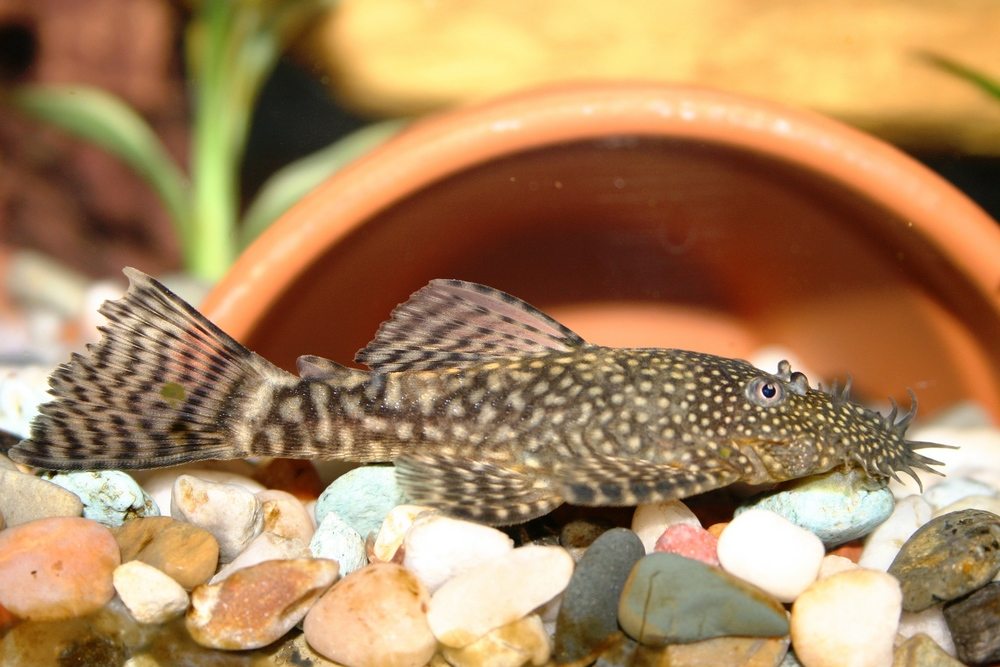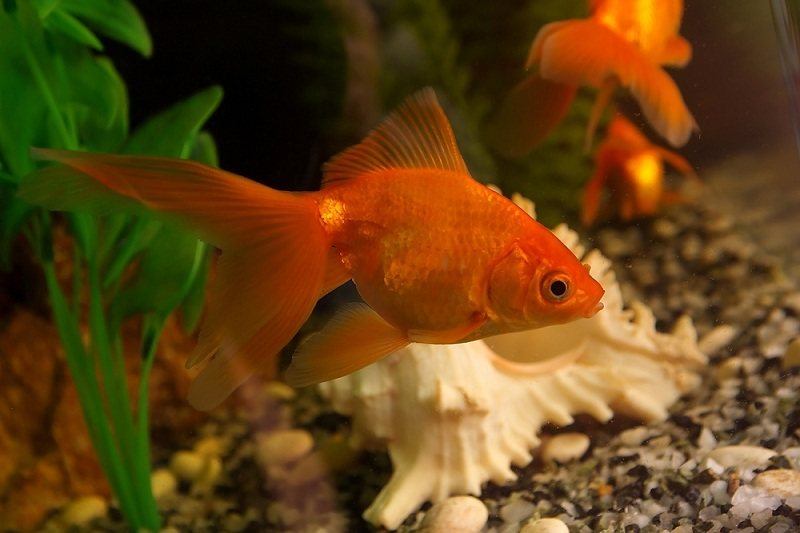

Goldfish tank owners with constant algae growth may welcome the breeding. Ramshorns rapidly reproduce in good conditions, although this is undesirable to some. The juveniles will not fit in a larger goldfish’s mouth and peacefully live amongst one another. The colors produced are enticing, from blues to purples. This makes it the best algae eater for money in 2021. Arriving in a multi-colored group of 10 or more, Kazen Aquatics ensures 100% live healthy ramshorn snails upon arrival with a refund or replacement guarantee. Known as the gems among aquatic snail keepers, ramshorn snails consume algae at a rapid pace. The group of 5 ensures your algae-ridden goldfish tank will have enough mouths to consume the algae faster than it has a chance to grow.Ī colorful addition to your goldfish’s tank, the ramshorn snails from Kazen Aquatics. SevenSeaSupply includes a group of 5 snails when you make a purchase and have a guaranteed live arrival with a 100% guarantee policy, if you open your package to some dead or poorly snails, they will happily refund or replace them with image or video proof. Nerites are on the smaller side of aquarium snails. Nerites of an adult size get along well with goldfish and cohabit peacefully in the tank. Nerite snail eggs can only successfully hatch in brackish water, and not your goldfishes preferred pure freshwater conditions.

For the zebra nerite snail, who can only reproduce sexually, eggs, unlike most aquarium snails who can reproduce asexually. A common worry among aquatic snail owners is that they are well known for their ability to rapidly reproduce and quickly overrun your aquarium, hence their label as tank ‘pests’.

Aside from their appealing look with black and whitish-yellow stripes as the name suggests, the nerite snail readily devourers all types of algae growing on your goldfish’s tanks. Hands-down one of the most recommended algae eaters is the zebra nerite snail. We have compiled a list of our top 5 algae eaters who have received the most positive reviews! Commonly known as a pest in the aquarium industry, these little creatures are not all too bad. Snails are by far one of the most positively reviewed algae eaters available on the market. What we do not think of, is the cute little shelled creatures crawling around the tank. When we think of algae eaters, we commonly think of plecos or catfish, who cannot comfortably live with goldfish due to the biowaste production and temperature requirements. A set of panic can set in, unable to see your goldfish clearly, and at a loss of what to do, We hope this article can give you some encouragement and guidance on helpful algae eaters that can comfortably live with your goldfish. Whether green, black, red, or brown algae, it can cause your beautifully aqua-scaped goldfish tank, slowly become ridden with this plant-like protist. Some also attack Goldfish to get the protein from their slime.īecause it is easily wiped off the sides of a glass aquarium, I also use a glass scraper available from any fish store.One of the most dreaded things to happen to most goldfish aquariums is the overrun of unwanted algae. I use bristle nose catfish to control algae in my aquariums but they are tropical and need to be heated. The aquarium seems to be receiving strong light from somewhere so I would consider moving it or blanking off one or both ends of the aquarium. A cheap water test kit will tell you that.

They are harder to control as they don't require as much light to thrive as most green algae need and their reproductive cycle is much faster than other algae.Īs for controlling diatoms, the first thing to do is ensure your water nitrate level is below 20 ppm (parts per million). Water high in silica tends to promote diatom growth but there isn't a lot that can be done to remove it from the water supply.ĭiatoms can coat everything in the aquarium including plants and ornaments as well as the aquarium sides. If you are referring to the brown smudge at the bottom of your aquarium, it is a build up of diatoms, a single cell phytoplankton. We have a 38ltr aqua one tank, have 2 small goldfish & 2 tiny ones. No matter how often we clean our aquarium it seems to become discoloured with an algae build up around the bottom walls.


 0 kommentar(er)
0 kommentar(er)
